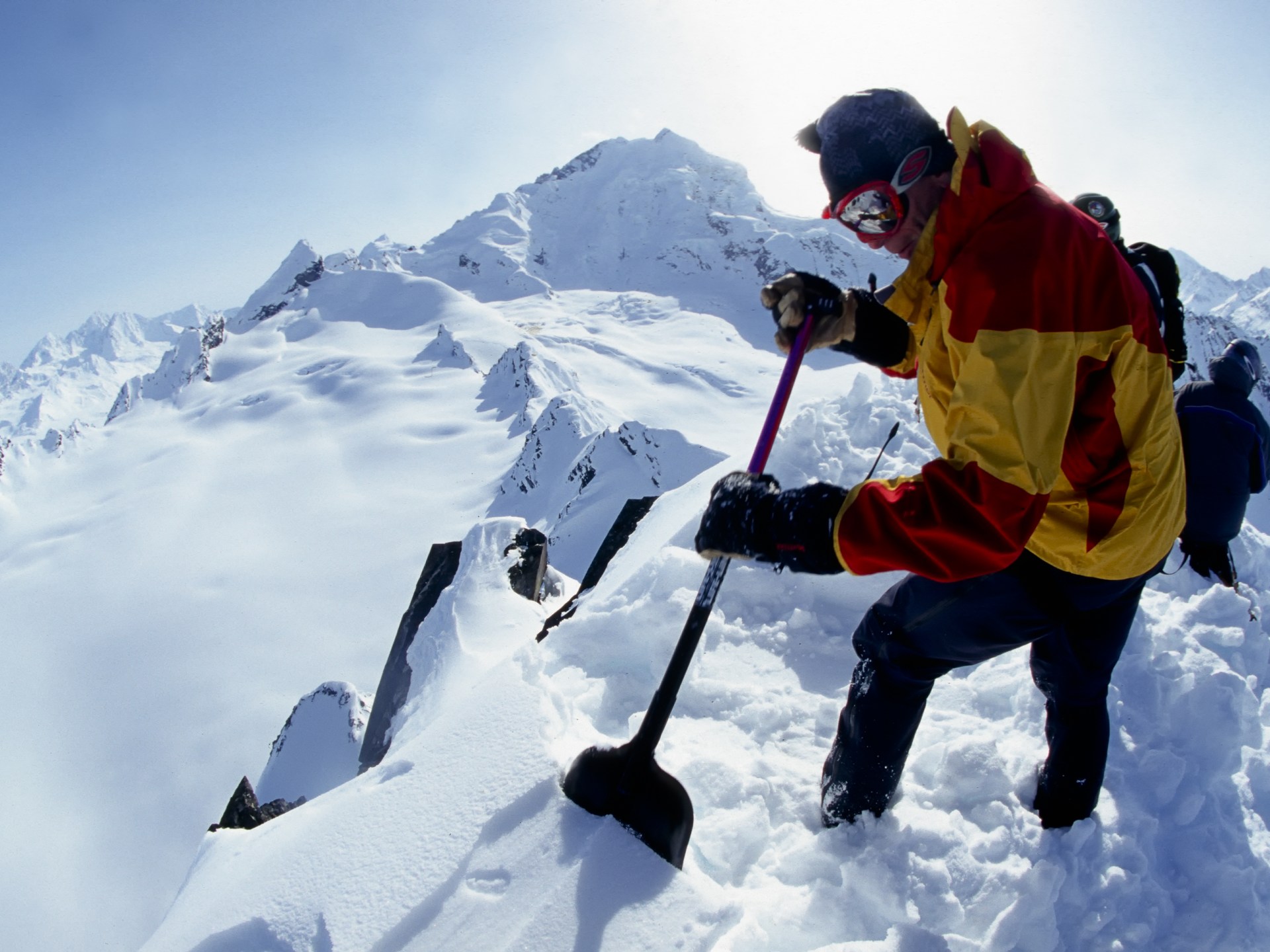The Australian Alps and Japanese Alps may cease to be skiable by 2100, with snow falling for only 38 and 86 days each year (Shutterstock)
Researchers expect annual snow cover days at all major ski areas to decline dramatically as a result of climate change, with 1 in 8 ski areas losing all natural snow cover this century under high emissions scenarios, according to the results of a new study published on March 13. In PLOS ONE magazine.
Despite the social, economic and environmental importance of the ski industry, with an estimated 400 million people visiting ski resorts every year in search of some sporting and recreational activities, there is only little research and studies on how the distribution of ski areas is affected by climate change globally.
Australian Alps (Shutterstock)
Ice retreat map
In the new study, researchers mapped the places most at risk of melting ice and threatening ski areas, from the Australian Alps to the Andes in South America, and this map reveals the areas that are likely to be snow-free or closed within the next 75 years.
The study included seven popular ski areas around the world: the European Alps, the Andes, the Appalachian Mountains, the Australian Alps, the Japanese Alps, the Southern Alps in New Zealand, and the Rocky Mountains in North America.
The team identified the parts of these areas used for skiing, and used climate models to figure out how many days of snow coverage they would receive under different emissions scenarios.
The main researcher in the study, Veronica Mitrovalner - a doctoral researcher in the field of sports environment at the University of Bayreuth in Germany - said in an interview with Al Jazeera Net: The team used the “OpenStreetMap” project to monitor and evaluate the environment of the seven sites as they are the largest ski destinations. Globally, the European Alps represent 69% of it.
According to the study's press release, the researchers also used the public climate database Chelsea, which enabled them to forecast annual snow cover days for each ski area for the years 2011 to 2040, 2041 to 2070, and 2071 to 2100 under low, high, and high carbon emissions scenarios. very.
Highly populated areas could lose 55% of snow cover days in the very high emissions scenario and 49% in the high emissions scenario (Shutterstock)
Worst case scenario
Under the high emissions scenario, a worst-case scenario in which there is no concerted effort to reduce greenhouse gas emissions, the researchers projected that 13% of ski areas would lose all natural snow cover by 2071-2100 compared to historical baselines.
In this case, temperatures and emissions will continue to rise, with CO2 emissions doubling by 2100, and another 20% will lose more than 50% of their snow days at the same time.
The team predicted that by the same period, average annual snow cover days would decline most in the Australian Alps by 78% and the Southern Alps by 51%, followed by the Japanese Alps by 50%, the Andes by 43%, and the European Alps by 42%. , and the Appalachian Mountains by 37%, and the Rocky Mountains are expected to see the smallest decline at 23% compared to historical baselines.
The researchers noted that the Australian Alps and the Japanese Alps may cease to be skiable locations by 2100, with snow falling for only 38 and 86 days each year under the high emissions scenario. The study also revealed that ski areas closest to the most populated areas would More vulnerable to climate change, densely populated areas will lose 55% of snow cover days in the very high emissions scenario, and 49% in the high emissions scenario.
Source: websites

